New Car
Explore all New Cars of 2024
| Key Highlights | Pulsar 150 Single Disc | FZS-FI V3 Dark Knight |
|---|---|---|
| Engine Type | 4-Stroke, 2-Valve, Twin Spark BSVI Compliant DTS-i FI Engine | Air cooled, 4-stroke, SOHC, 2-valve |
| Max Power | 14 PS @ 8500 rpm | 12.4 PS @ 7250 rpm |
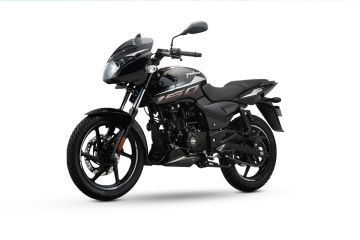
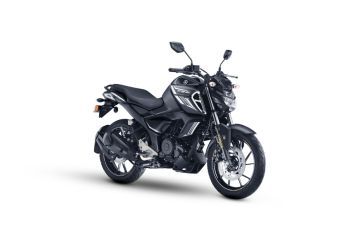
| Basic Info | Bajaj Pulsar 150 Single Disc | Yamaha FZS-FI V3 Dark Knight |
|---|---|---|
| Rating |
4583 reviews
|
934 reviews
|
| Brand Name | Bajaj | Yamaha |
| Ex-Showroom Price | Rs. 1.13 Lakh Get On-Road Price | Rs. 1.22 Lakh Get On-Road Price |
| Engine Type | 4-Stroke, 2-Valve, Twin Spark BSVI Compliant DTS-i FI Engine | Air cooled, 4-stroke, SOHC, 2-valve |
| Max Power | 14 PS @ 8500 rpm | 12.4 PS @ 7250 rpm |
| Fuel Type | Petrol | Petrol |
| Colors | ||
| Brakes Front | Disc | Disc |
| Brakes Rear | Drum | Disc |
| Wheel Size | Front :-431.8 mm, Rear :-431.8 mm | Front :-431.8 mm,Rear :-431.8 mm |
| Wheels Type (Pressed Steel/ Alloy) | Alloy | Alloy |
| ABS | Single Channel | Single Channel |
| Starting | Kick and Self Start | Self Start Only |
| Speedometer | Digital | Digital |
| EMI |
Rs. 3,398
@
11.99% (36 months)
|
Rs. 3,535
@
9.45% (36 months)
|
| Insurance | Rs. 6,965 Pulsar 150 Insurance | Rs. 8,000 FZS-FI V3 Insurance |
| Brochure |
Download
Brochure
|
Download
Brochure
|
Engine |
|
||||||||||||||||||||||||||||||||||||||||||
|---|---|---|---|---|---|---|---|---|---|---|---|---|---|---|---|---|---|---|---|---|---|---|---|---|---|---|---|---|---|---|---|---|---|---|---|---|---|---|---|---|---|---|---|
Brakes |
|
||||||||||||||||||||||||||||||||||||||||||
Performance |
|
||||||||||||||||||||||||||||||||||||||||||
Tyres |
|
||||||||||||||||||||||||||||||||||||||||||
Dimensions |
|
||||||||||||||||||||||||||||||||||||||||||
Electricals |
|
||||||||||||||||||||||||||||||||||||||||||
Features |
|

 loading="lazy" >
loading="lazy" >
 loading="lazy" >
loading="lazy" >
 loading="lazy" >
loading="lazy" >
 loading="lazy" >
loading="lazy" >

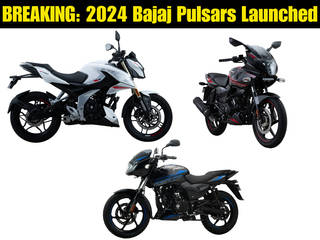
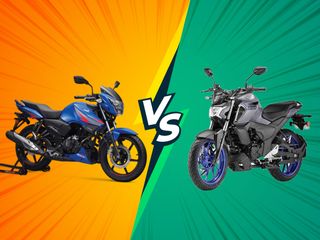
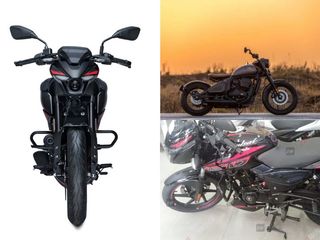
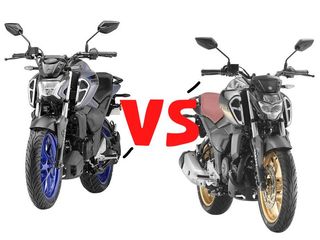
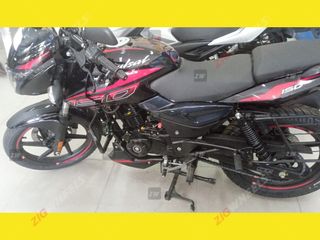
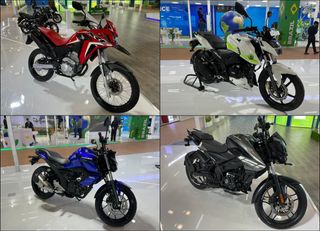
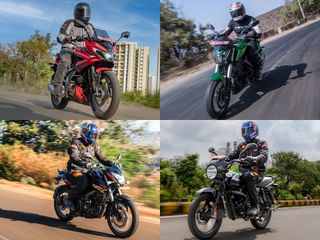
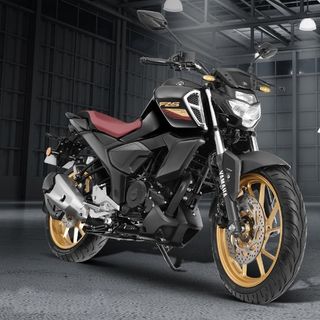
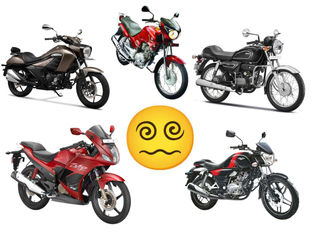

The Bajaj Pulsar 150 is cheaper than Yamaha FZS-FI V3 by Rs. 9,004.
For the Single Disc version, 149.5 cc Petrol engine of Pulsar 150 produces 14 PS @ 8500 rpm of power and 13.25 Nm @ 6500 rpm of torque. Whereas for the Dark Knight version, 149 cc Petrol engine of FZS-FI V3 produces 12.4 PS @ 7250 rpm of power and 13.3 Nm @ 5500 rpm of torque